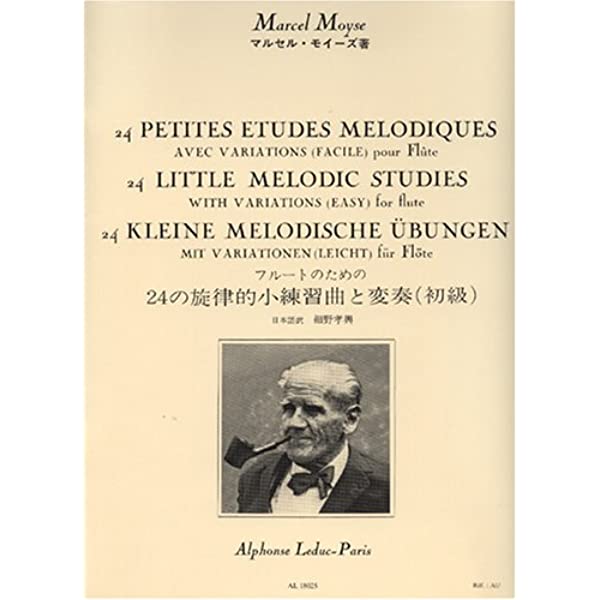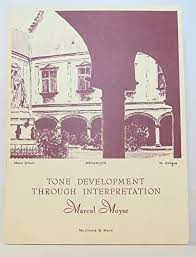Pieces Guide:
Morceau de Concours
by Gabriel Faure
The Piece: Morceau de Concours by Gabriel Fauré. 1845-1924
Why choose Morceau de Concours?
Working through “Tone Development Through Interpretation” by Marcel Moyse has been invaluable to gain tonal clarity and phrasing control of this gorgeous melody. It is one of the most beautiful and the hardest pieces to learn in this respect. It is the type of piece that a musician will always be working on and will be striving for the unattainable.
The Guide: Morceau de Concours by Gabriel Faure
The Backing Track: Morceau de Concours by Gabriel Faure
The backing track has been provided with the main purpose of giving the player the opportunity to understand each work completely. Practicing with the accompaniment is a final step for the player. The backtrack should not be used ideally until the player has learnt the piece to performance level. The backtracks provide the player with a wonderful opportunity to sing with them and to understand the harmonic flow and structure of a piece.
Morceau de Concours
Sheet Music
Morceau de Concours: Sheet Music
Flute Part
Morceau de Concours: Sheet Music
Flute and Piano Part
Background
Born in Pamiers, France in 1845, the focus of Fauré’s early training was church music and the organ. He entered the Niedermeyer School of Religious Music in Paris, where during his training Charles Camille Saint-Saëns became professor of piano, eventually teaching composition as well. Diverting from the syllabus Saint- Saëns also exposed his students to contemporary music, including the works of Schumann, Liszt and Wagner, who influenced so many later composers. When he finished his studies, Fauré had won first prizes in composition, fugue, and counterpoint.
Fauré regularly visited Saint-Saëns’ salon, where he got to know those in the Parisian musical establishment; Lalo, d’Indy, Duparc and Chabrier were among those who became his friends. He also met Charles Gounod, Gustave Flaubert, George Sand, and Tchaikovsky’s friend Anton Rubinstein.
Fauré composed some early large-scale works (two symphonies, a violin concerto in two movements).
While still a student, Fauré published his first composition, a work for piano, Trois romances sans paroles (1863).
Here is Alfred Cortot in a magical performance of this.
Around 1865 Fauré composed Aprés un Rêve (After a Dream) which has become one of his most popular and distinctive pieces dedicated to Mme. Marguerite Baugnies.
Here is Apres un Reve with Kiri Te Kanawa. This link has the lyrics which is most helpful if a player is wanting to use this as a Tone Development Through Interpretation exercise.
Here is the orchestral version with cello playing the melody, one can learn a lot from listening to this as well.
Background
Faure ‘s compositional style anticipated Impressionism. His piano works, shied away from virtuosity in favour of the Classical style of the French masters of the piano.
The Morceau de Concours (a test piece or competition piece) is Faure’s reaction to the often flamboyant and virtuosic flute pieces being written and played at the time for flute like the Boehm Grand Polonaise for example. It was written as a sight-reading exercise for the Paris Conservatoire and was in its original form just the melody played once. Upon publication the melody was added a second time. It has a wonderful simplicity that floats in the clouds above the earth with the piano repeating chords like a pendulum of a clock underneath. The temptation to pull it around romantically is sometimes irresistible and takes great musical self-control to perform it as it should be performed with simplicity and beauty.
Gabriel Faure
Additional background from Wikipedia
Faure’s Requiem
Faure wrote incidental music for several plays, including Maurice Maeterlinck’s Pelléas et Mélisande (1898), as well as two lyric dramas, Prométhée (1900) and Pénélope (1913). Among his few works written for the orchestra alone is Masques et bergamasques (1919). The Messe de requiem for solo voices, chorus, orchestra, and organ (1887) did not gain immediate popularity, but it has since become one of Faurés most frequently performed works.
Pelleas and Melisande Op 80 4 ( Sicilienne)
Pelleas and Melisande Op 80 1 Prelude
Here is Frederica Von Stade singing 10 chansons.
Faure also wrote more than 100 songs, including “Les Roses d’Ispahan” (1884), and song cycles that included La Bonne Chanson (1891–92) and L’Horizon chimérique (1922). He enriched the literature of the piano with 13 nocturnes, 13 barcaroles, and 5 Impromptus being the most well-known. Faure’s Ballade for piano and orchestra (1881; originally arranged for solo piano, 1877–79), two sonatas for violin and piano, and Berceuse for violin and piano (1880) are among other popular works. Élégie for cello and piano (in 1880 he arranged for orchestra, 1896), and two sonatas for cello and piano, as well as chamber pieces.
Recommended Development Tools
The following are some recommended studies, tone and exercises which will assist in improving different skills to get the most out of this piece.

24 Little Melodic Studies by Marcel Moyse
- Number 1
- Number 2
- Number 11
- Number 13
- Number 14
- Number 19
- Number 20
- Number 23
- Number 24

Tone Development Through Interpretation by Marcel Moyse
- Number 74 20G
- Number Page 78 D1, D2, D3, D4
- Number 78 E1
